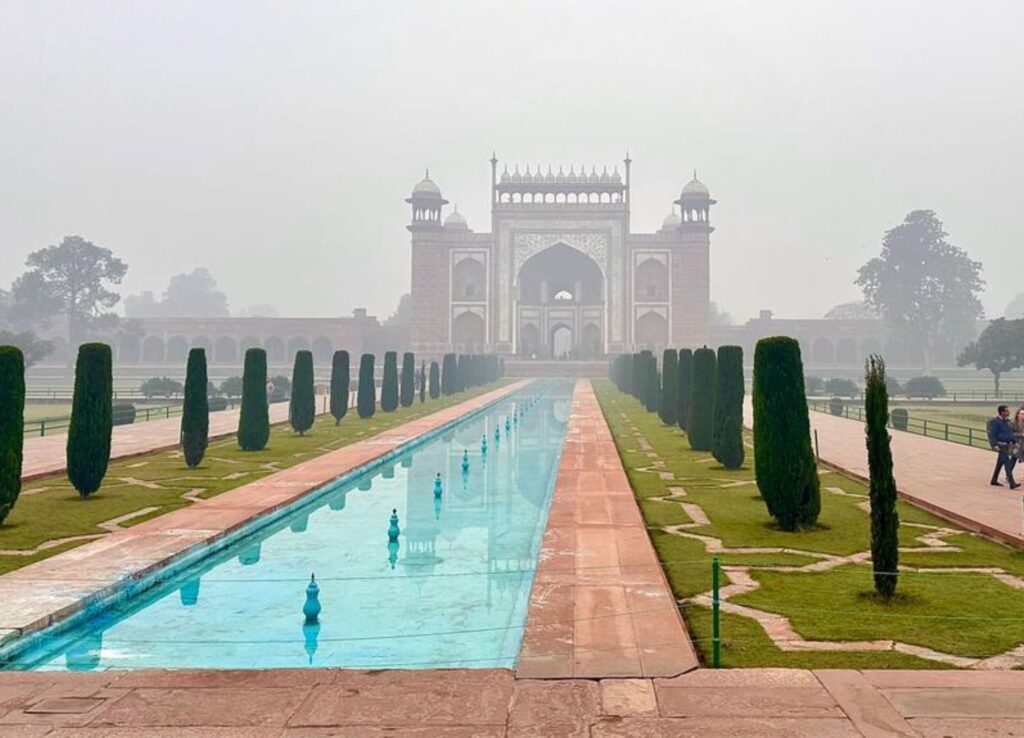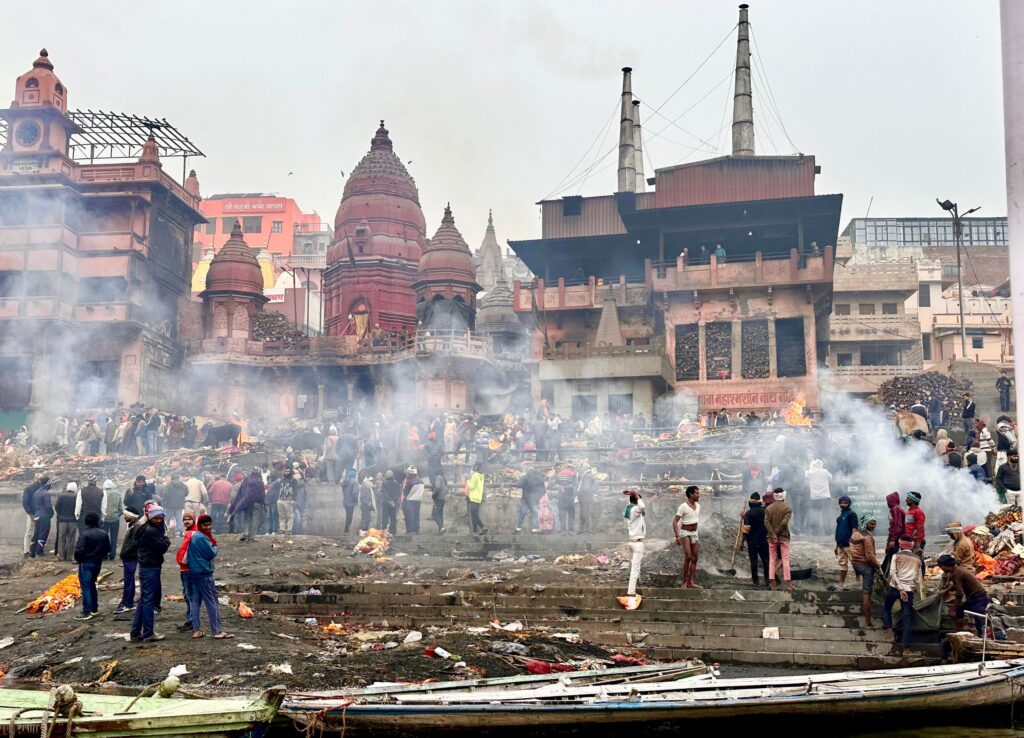Introduction to “How Safe is a Street Food Tour in India?”
The vibrant and bustling streets of India offer a kaleidoscope of flavors, aromas, and experiences unlike any other. At the heart of this sensory overload is the country’s famed street food, a staple of Indian culture and a must-try for any food enthusiast or curious traveler.
However, the question that often lingers in the minds of many tourists is: Is it safe to eat street food in India?
In this comprehensive guide on ‚How safe is a street food tour in India‘, I will take you on a culinary journey, exploring the diverse world of Indian street food. From the pans of Pani Puri vendors to the stalls of Samosa and Dosa, we will delve into the reality behind the safety concerns, debunk common myths, and offer practical advice for enjoying these delights without worry.
Whether you’re a seasoned traveler or planning your first trip to India, this guide helps you with the knowledge and confidence to safely navigate the rich and varied street food scene of this fascinating country.
Join us as we discover Indian street food, guided by our firsthand experience, expert advice, and an unwavering passion for discovering the true flavors of India’s streets. Don’t miss out on the chance to book a guided tour through India here!
- Introduction to “How Safe is a Street Food Tour in India?”
- Understanding Indian Street Food
- Myths About Street Food Safety in India
- Standards of Hygiene and Quality
- Safe Street Food Options
- Tips for Safe Consumption of Street Food
- Selecting the Right Street Food Tour
- FAQs on How Safe is a Street Food Tour in India
- Conclusion on How Safe is a Street Food Tour in India
Want to fly to India but you only have a limited budget? Check out WayAway, the ultimate flight comparison tool, and discover how easy it is to find unbeatable deals. Get the iOS app or android app here or use the tool down below.
Understanding Indian Street Food
Indian street food, an integral part of the country’s cultural and culinary landscape, is much more than just a quick, convenient meal. It’s a reflection of India’s diverse history, regional flavors, and the ingenuity of its people.
From the vibrant street of Old Delhi to the lively beaches of Mumbai, each region offers its unique street food delicacies, creating a huge variety of tastes and textures.
Understanding the costs associated with traveling in India, including food expenses, is crucial; learn more about this in our detailed guide on Is It Cheap to Travel in India?
Indian Street Food Is Diverse
Street food in India varies dramatically from north to south and east to west. In the northern regions, you’ll find an abundance of chaats, samosas, and parathas, while the south boasts a variety of dosas, idlis, and vadas.
Eastern India is renowned for its sweets like rasgulla and sandesh, whereas the west offers a delightful mix of dhoklas and poha. This diversity not only adds to the excitement of street food exploration but also caters to a wide range of palates and preferences.
Cultural Insights Through Street Food
Engaging with street food in India is also a window into the country’s soul. It’s about understanding the local lifestyle, traditions, and the stories behind each dish. Whether it’s a family-run stall that has been serving the same recipe for generations or a vendor who adds a unique twist to a classic dish, each encounter offers a slice of India’s rich cultural tapestry.
As vibrant and inviting as it is, Indian street food does come with its set of unwritten rules and practices. Understanding these nuances is key to enjoying the street food experience while maintaining safety and hygiene. In the following sections, we will explore these aspects in depth, providing you with essential tips and insights to navigate the street food scene like a local.


Myths About Street Food Safety in India
Debunking Common Myths
A major hurdle many travelers face is the barrage of myths surrounding the safety of Indian street food. Common misconceptions like „all street food is unhygienic“ or „you will fall sick no matter what“ often deter visitors from experiencing this integral part of Indian culture.
However, the reality is that millions of locals enjoy these foods daily without issue. Understanding and differentiating between myths and facts is crucial in appreciating street food without undue worry.
Identifying Safety Concerns
While it’s true that street food, like any food consumed in a foreign country, carries some risks, these concerns are often manageable with the right knowledge. Key concerns usually revolve around the freshness of ingredients, hygiene standards of the stalls, and the quality of water used in food preparation.
Hygiene and Preparation Standards
The hygiene standards of street food vendors vary widely across India. However, many vendors are conscious of maintaining cleanliness and ensuring fresh preparation of food. Observing the stall’s general cleanliness, the way the vendor handles the food, and the crowd at the stall (a busy stall often means fresh food) can provide good indicators of its safety.
Water plays a crucial role in the safety of street food. It’s advisable to avoid items that involve raw, uncooked ingredients rinsed in water, such as salads. Cooked foods, on the other hand, are generally safer as the cooking process kills most harmful bacteria.
It’s important to understand that trying street food in India is a risk vs. reward scenario. While there is a slight risk of stomach upsets, especially for visitors who are not accustomed to the local cuisine, the reward is a taste of authentic, delicious, and diverse dishes that are an integral part of the Indian experience.
Standards of Hygiene and Quality
In India, the concept of hygiene, especially concerning street food, might differ from Western standards. However, this doesn’t mean the food is unsafe. Many street food vendors take pride in their cleanliness and food handling practices.
They often prepare food in front of customers, offering transparency and a measure of reassurance regarding the food’s freshness and preparation standards.
Quality of Ingredients
The quality of ingredients used in street food can be surprisingly high. Many vendors source fresh vegetables, meats, and spices daily to ensure the best taste and quality. The turnover rate of food at popular stalls is typically high, meaning ingredients are fresh and consumed quickly.
Government Regulations
The Indian government has guidelines and regulations for street food vendors, although enforcement varies by region. In many urban areas, there are concerted efforts to train vendors in food safety and hygiene practices. Compliance with these standards contributes significantly to the overall quality and safety of the food served.
For travelers, a visual inspection can be a reliable method to gauge a vendor’s hygiene standards. Clean serving areas, the use of gloves or utensils to handle food, and a busy stall with a quick turnover of food items are positive signs. Additionally, observing whether locals, especially families with children, are eating at a stall can indicate trustworthiness and quality.
In some cities, street food vendor associations or collectives work to maintain certain standards among their members. These groups often provide training and support to vendors, helping them improve their hygiene practices and the quality of food.
Safe Street Food Options
If you’re interested in exploring vegetarian options, our article on Indian Veggie Food offers a comprehensive look at delicious and safe vegetarian street foods.
Vendor Selection: Selecting the right vendor is crucial when trying street foods. Look for stalls with high turnover, which typically indicates freshness. Also, observing the vendor’s cleanliness and how they handle the food can provide insights into their hygiene standards.
Choosing Safe and Delicious Dishes: Exploring the streets of India offers a chance to indulge in some truly iconic and generally safe street food options. Here’s a list of carefully selected dishes that are popular among locals and tourists alike, known for their flavors and relatively safe preparation methods.
Bhel Puri: A light and flavorful snack, Bhel Puri is made with puffed rice, vegetables, and a tangy tamarind sauce. It’s important to ensure that the ingredients are fresh and the sauce is prepared hygienically.
Kachori: These are deep-fried pastries filled with a savory mixture of spiced lentils, potatoes, or onions. The deep-frying process helps in making kachoris a safer choice.
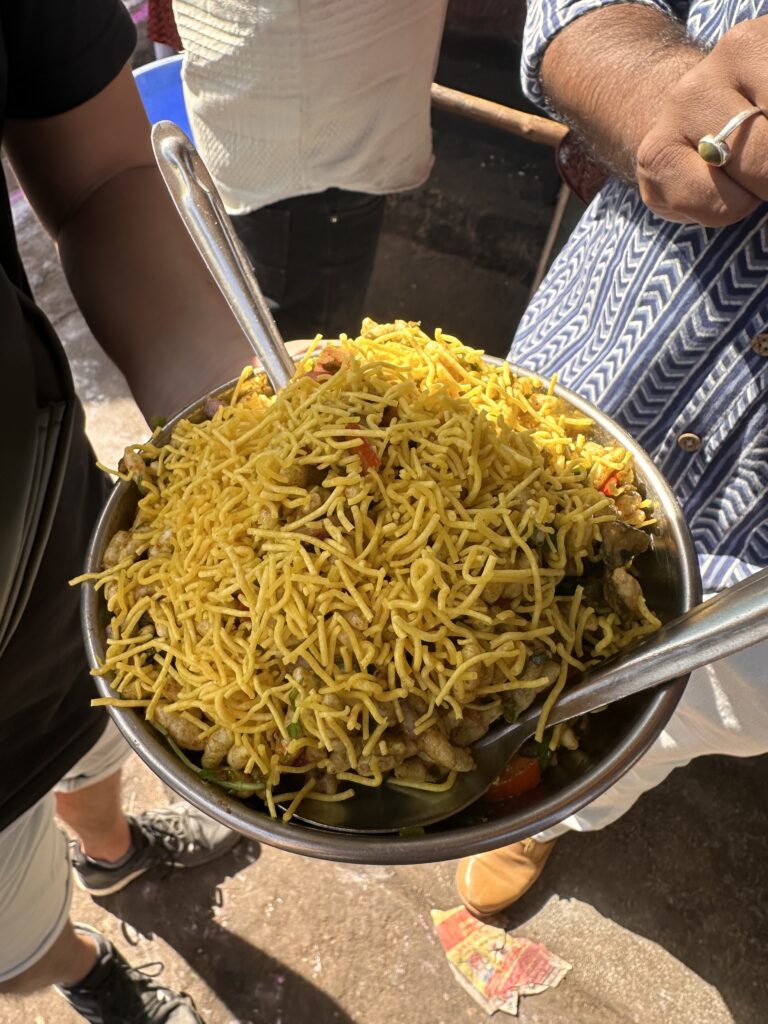
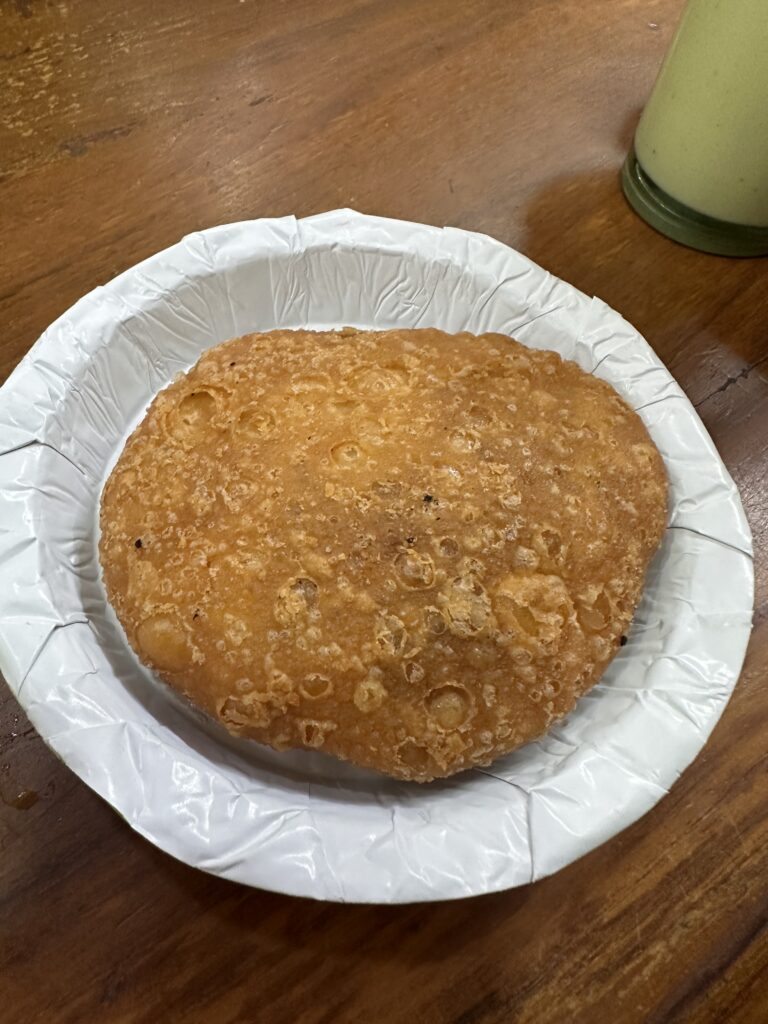
Mirchi Bada: A spicy and flavorful snack, Mirchi Bada consists of large green chilies coated in gram flour batter and deep-fried until golden brown. The deep-frying process makes it a safer street food option.
Samosa: This quintessential Indian snack features a triangular pastry shell filled with a savory mixture, often including spiced potatoes and peas. The fact that samosas are deep-fried helps in reducing food safety concerns.
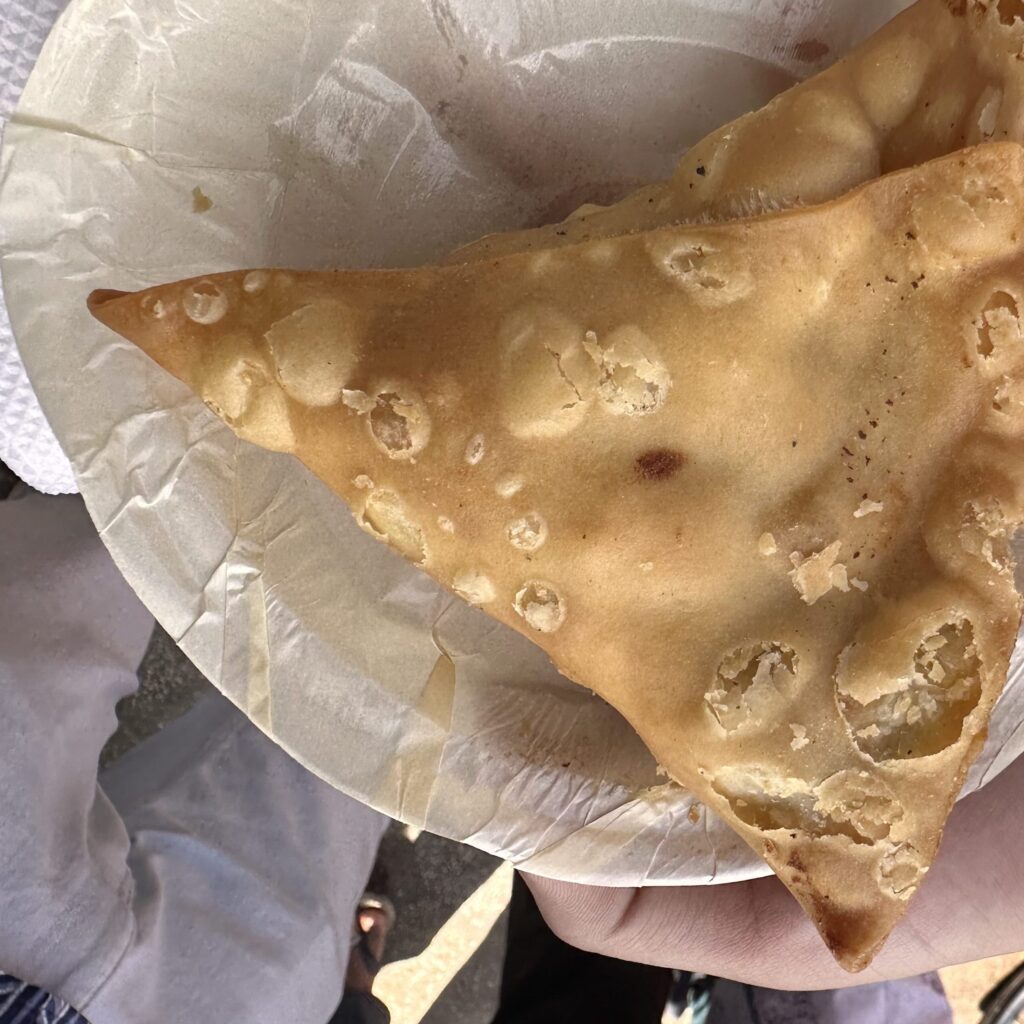
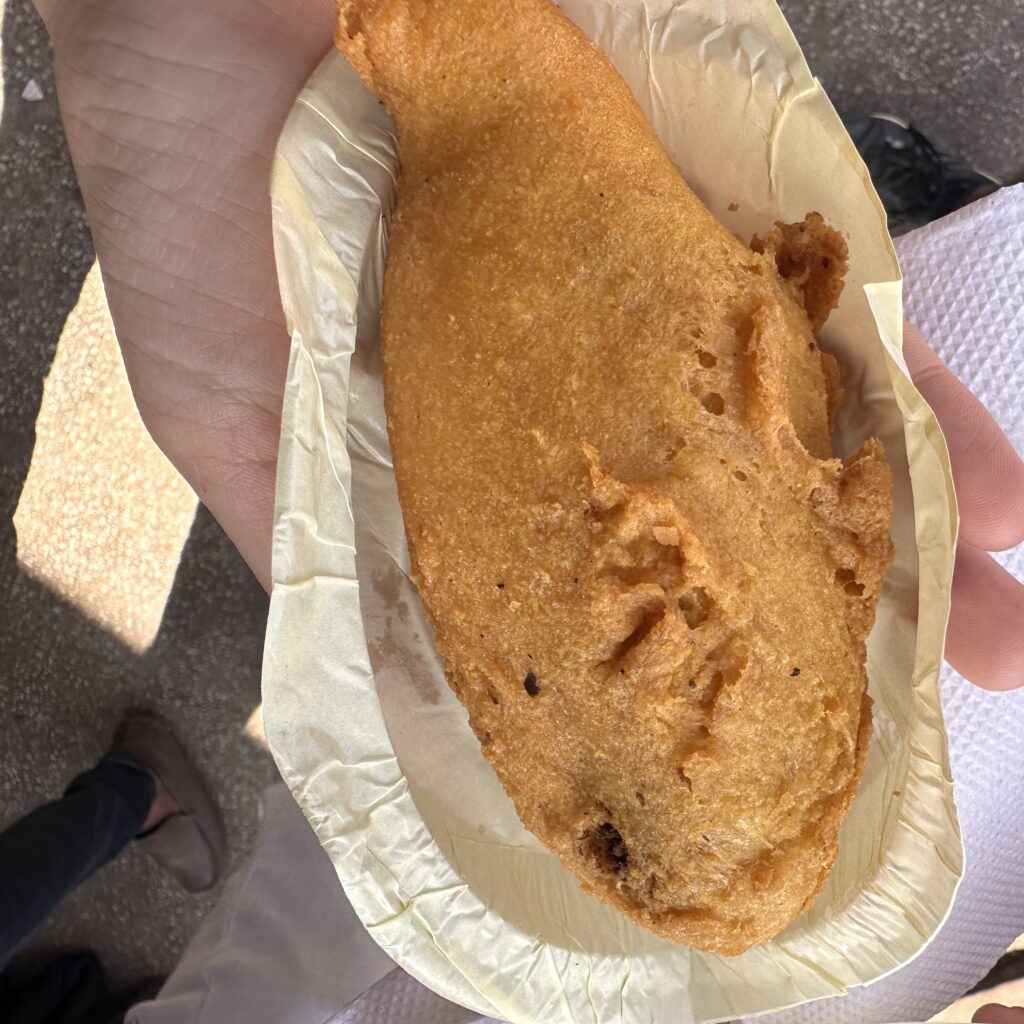
Makhaniya Lassi: A refreshing yogurt-based drink flavored with cardamom and saffron, often topped with a dollop of butter. It’s a safe option as long as the yogurt and water used are of good quality.
Gulab Jamun: A popular Indian dessert, Gulab Jamun consists of deep-fried milk balls soaked in a sweet syrup. Their cooking process makes them a safe dessert option.
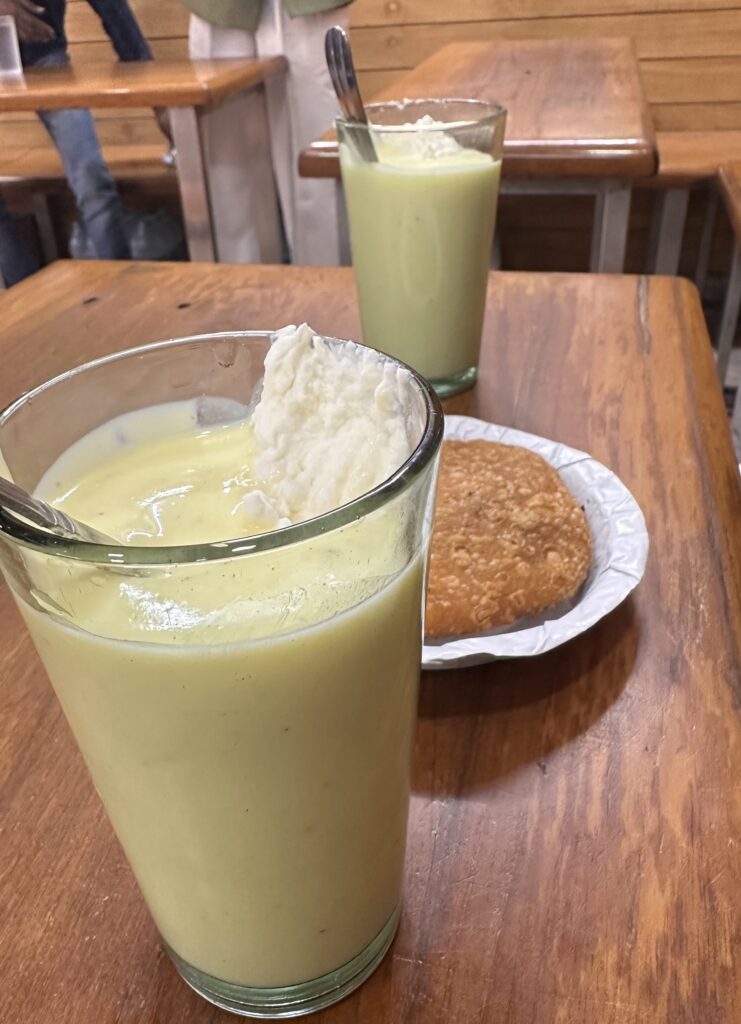
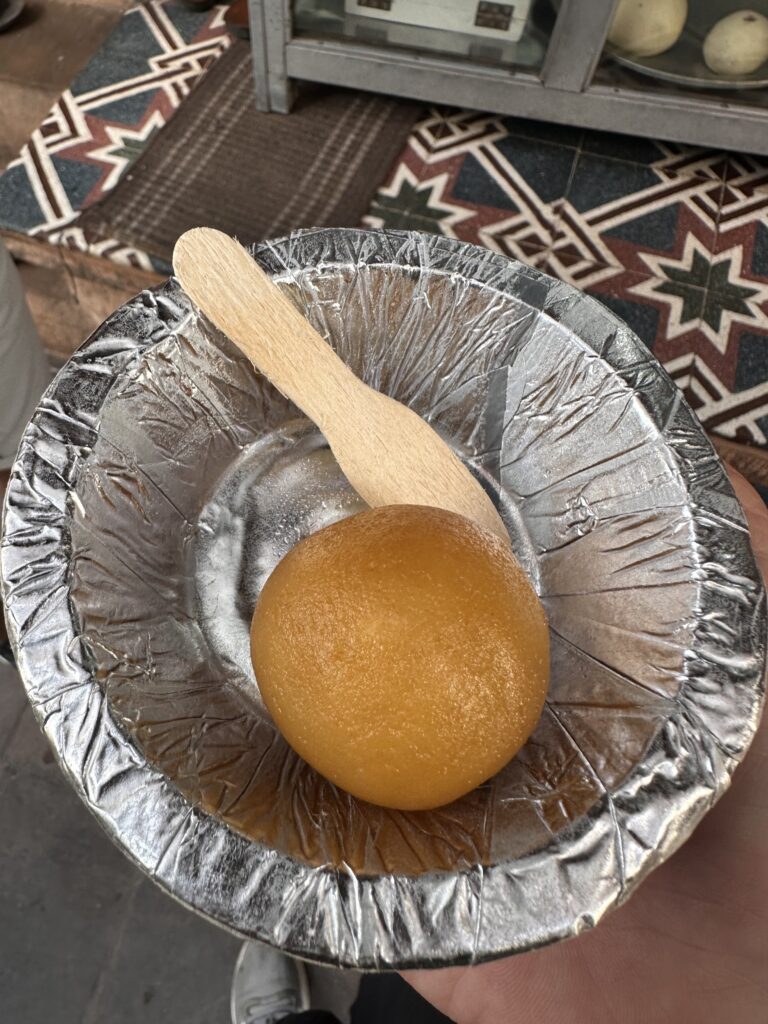
Ghewar: This is a disc-shaped cake made from all-purpose flour and soaked in sugar syrup. Often topped with nuts and saffron, Ghewar is a delightful and generally safe treat.
Rasmalai: A decadent dessert of flattened balls of cottage cheese soaked in malai (sweetened milk) flavored with cardamom and saffron, garnished with pistachios. The key to Rasmalai is the freshness of the ingredients.
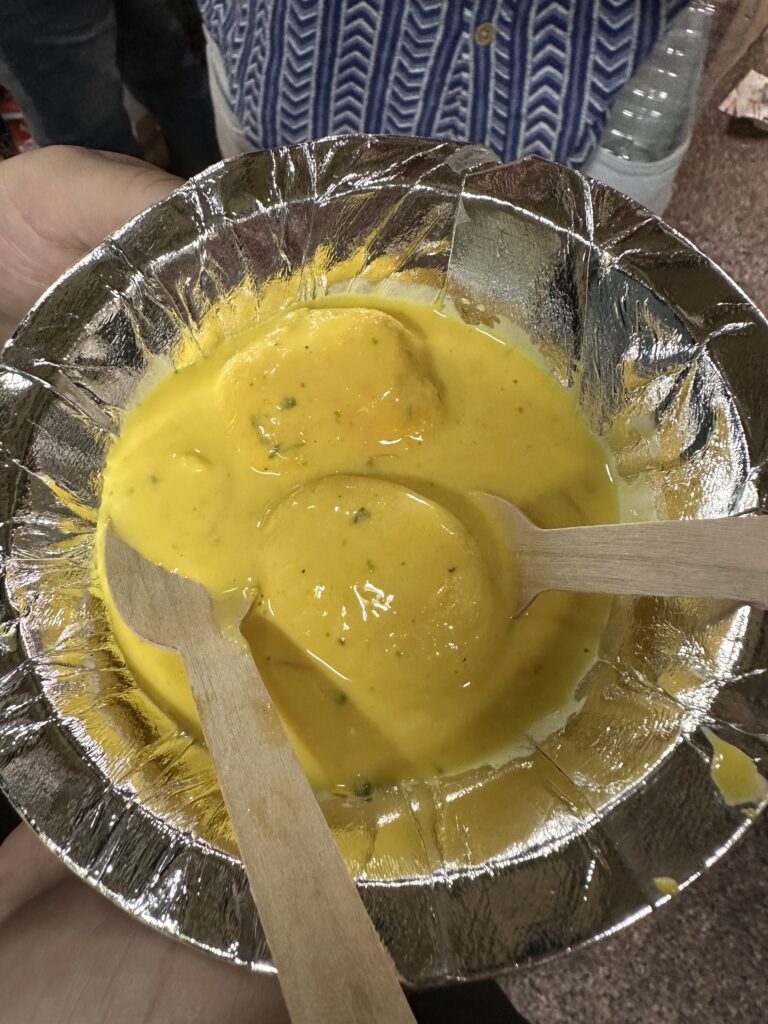

Tips for Safe Consumption of Street Food
Before diving into the street food scene, make sure to check out these 7 helpful travel tips for India for a smoother and more enjoyable journey.
However, enjoying street food in India can be a delightful experience if done cautiously. Here are some practical tips to help you navigate the vibrant but sometimes overwhelming street food scene safely.
Choose Busy Stalls: Opt for vendors with a high customer turnover. Popular stalls are more likely to have fresh, frequently prepared food.
Watch the Food Preparation: If possible, choose stalls where you can see the food being prepared. This not only adds to the experience but also lets you assess the cleanliness and hygiene practices.
Hot and Cooked Foods: Prioritize foods that are cooked and served hot. High temperatures during cooking can kill most bacteria and pathogens, making hot foods generally safer.
Beware of Contaminated Water: Avoid dishes that may use water in their preparation, like chutneys or drinks, unless you are sure that the water is purified or boiled.
Avoid Raw Foods: Raw foods, such as salads or cut fruits, may have been washed in contaminated water. It’s safer to eat cooked vegetables and peeled fruits.
Check the Oil Quality: In fried foods, ensure that the oil is not overly used or looks dirty. Fresh oil is usually a lighter color and less smoky.
Check the Oil Quality: In fried foods, ensure that the oil is not overly used or looks dirty. Fresh oil is usually a lighter color and less smoky.
Use Hand Sanitizer: Always carry hand sanitizer and use it before eating, especially if you’re eating with your hands, as is common with many Indian foods.
Follow the Locals: Observe where locals, especially families, are eating. They are more likely to know the best and safest places.
Make small steps: If you’re new to Indian cuisine, start with small portions to see how your body reacts to the spices and cooking styles.
Trust Your Instincts: If a food stall doesn’t feel right, don’t feel obligated to eat there. Trust your instincts when it comes to food safety.
By following these tips, you can enjoy the vast array of flavors that Indian street food has to offer while minimizing the risks.
Selecting the Right Street Food Tour
For many travelers, participating in an organized street food tour can be a great way to explore India’s culinary landscape safely and insightfully. Here’s how to choose a safe and reputable street food tour:
- Research and Reviews: Look for tours with excellent reviews and recommendations, especially those that emphasize food safety and hygiene.
- Experienced Guides: Choose tours led by knowledgeable guides who are familiar with the local food scene and can provide insights into the hygiene and preparation of the food.
- Small Group Tours: Opt for smaller group tours, which often allow for a more personalized experience and give the guide better control over hygiene and food choices.
- Focus on Hygiene: Tours that emphasize hygiene, including the use of purified water and clean utensils, are preferable.
- Local Recommendations: Seek advice from locals or hotel staff on reputable tour companies that prioritize safety and quality.
The street food tour we did was the one here and guess what? We didn’t get sick afterwards, so I can really recommend this one. We asked our guide in front of every single stall if it is safe and these things and it turned out to be safe!
FAQs on How Safe is a Street Food Tour in India
In this section, we address some of the most common questions travelers have about the safety of street food tours in India, providing clear and concise answers to help you navigate this aspect of your journey with confidence.
By keeping these FAQs in mind, you can enjoy the diverse and flavorful street food of India while minimizing health risks.
Conclusion on How Safe is a Street Food Tour in India
As we wrap up our comprehensive guide on how safe is a street food tour in India, it’s clear that with the right approach and precautions, you can safely indulge in this vibrant aspect of Indian culture.
Street food in India is not just about tantalizing your taste buds but also an experience into India’s rich culinary heritage. For an in-depth understanding of traveling in India, from cultural nuances to must-see destinations, don’t miss our extensive India Travel Guide.
Final Recommendations
Start Slow: If you’re new to Indian cuisine, start with milder, less spicy dishes and gradually explore more diverse flavors.
Follow Local Leads: Pay attention to where locals eat. Popular stalls are a good bet for both quality and safety.
Stay Informed: Keep abreast of local food safety norms and recommendations, especially in different regions of India.
Seek Guided Experiences: For a more structured introduction to street food, consider joining a guided tour, especially in the beginning.
Enjoy Responsibly: Embrace the experience with an open mind, but always listen to your body and take necessary precautions.
In conclusion to the question Is it safe to eat street food in India? I would definitely say it can be a safe, enjoyable, and unforgettable part of your travel adventure. By following these guidelines, you can explore the huge variety flavors of Indian street food with confidence and peace of mind, making your trip an enriching and delightful experience.
Do not forget to check out our socials for more travel inspiration of our world trip. If you want to read our other India blog articles, follow this link.
For an easy and smooth phone connection throughout India, think about using eSIM cards. Without being connected to the internet you would easily get lost in India, trust me when I say that. Airalo offers plans starting from 5$ and it’s so worth it!
Thanks for reading this article about ‚Is it safe to eat street food in India‘. We would be happy to see you here again soon!


